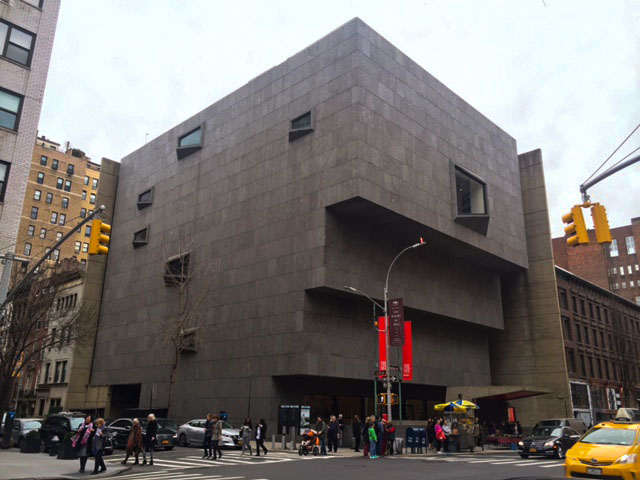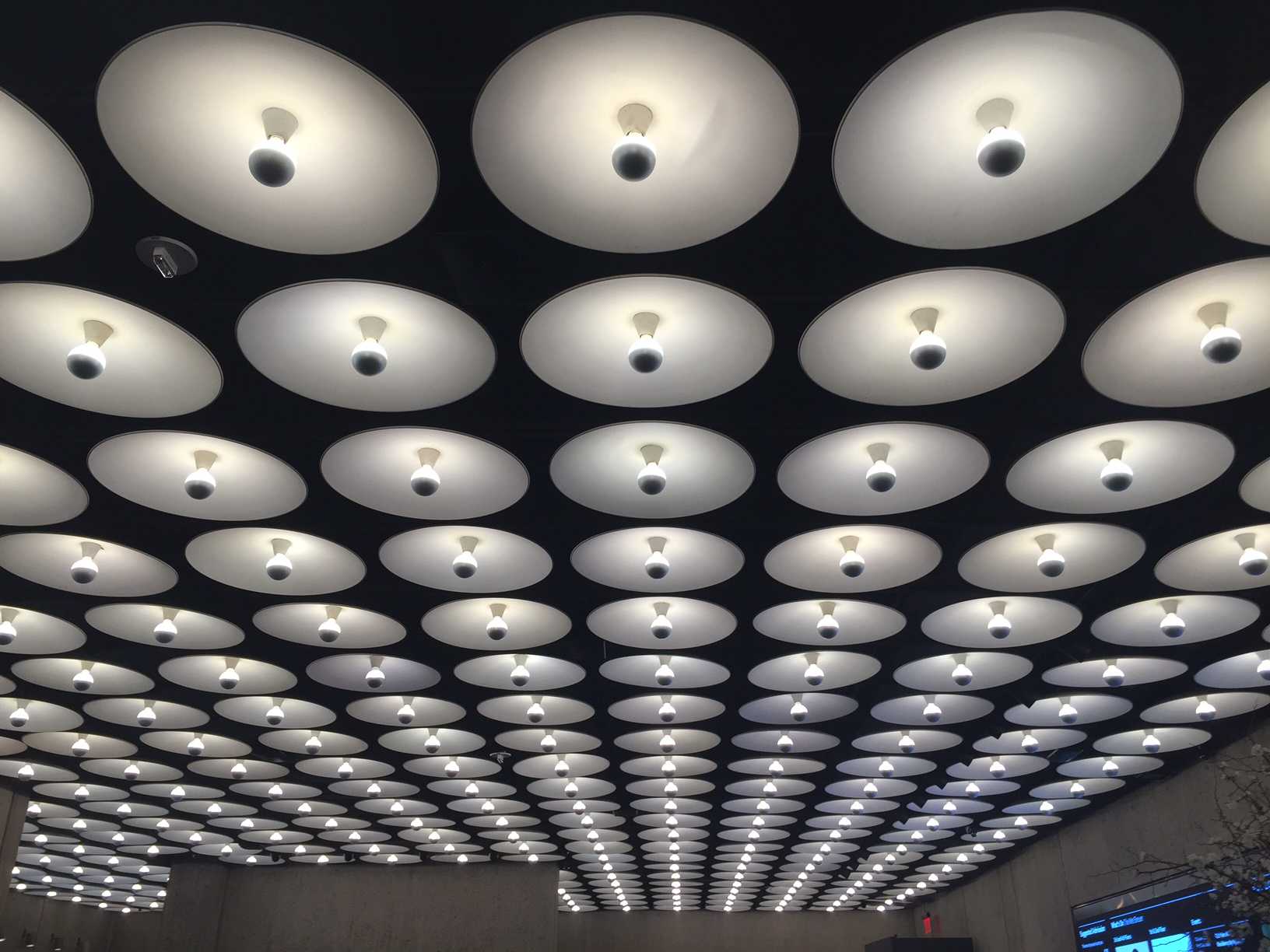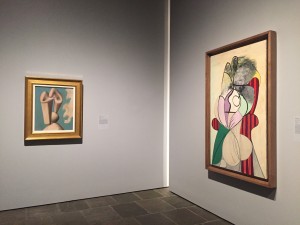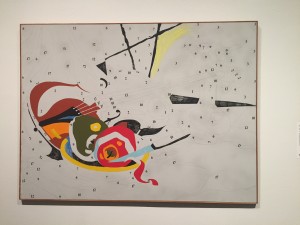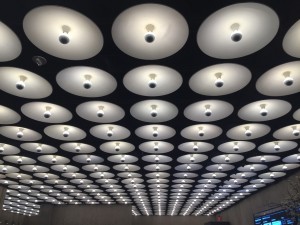The Met Breuer Opens With Unfinished Art and Concepts
March 21, 2016
After weeks of lukewarm reviews, the Met Breuer opened to the general public on March 18 with a retrospective of Indian artist Nasreen Mohamedi’s minimalist sketches and a chaotic two-floor project, “Unfinished: Thoughts Left Visible.”
When the Whitney Museum of American Art relocated to its trendy Chelsea location last year, the empty Bauhaus building created an opportunity for the Met to slide into the contemporary art world. Opening the Met Breuer is one part in the Metropolitan’s $600 million plan to galvanize its Eurocentric image associated with the Met Fifth Avenue and the Met Cloisters — the Met Breuer’s focus is refreshingly contemporary and global. Unfortunately, its inaugural exhibits reflect this ambitious vision haphazardly.
The museum opens with a retrospective of modern artist Mohamedi’s work in the United States. While the selected line drawings showcase her tremendous skill as an artist, the retrospective’s context in the Met Breuer creates a very toned-down entry. At another time, Mohamedi’s work would have been the showy gallery the Breuer wanted, but it was tragically overshadowed by the massive gallery upstairs.
In concept, “Unfinished” sounds like a promising opening to the Breuer — the Metropolitan’s gargantuan collection would surely supply enough content for the exhibit. But the museum’s attempt to uphold its promise of modernity forces the exhibit to doggedly cover over 500 years of art. The exhibit is strongest when drawing from the Met’s collection but weakest when it tries to stand on its own. It opens strongly, with Perino del Vaga’s clearly incomplete “Holy Family With St. John the Baptist” and the faceless “Portrait of Mariana de Silva y Sarmiento, Duquesa de Huescar (1740-1784)” by Anton Raphael.
Once the exhibit hits the 20th and 21st centuries, all organization is lost — the exhibit starts displaying what they call “perpetual works” such as Felix Gonzales Torres’ “Untitled (Portrait of Ross in L.A.),” where visitors can grab candy from a 175 pound pile, consume it and toss the wrapper back into the pile. Though Torres’ piece is deeply touching — it symbolizes his partner’s experience with AIDS — its placement in the Breuer as part of its “Unfinished” exhibit somewhat diminishes its value by categorizing it with works of art that may have been random sketches or drafts, like the silhouettes of Da Vinci’s “Head and Shoulders of a Woman (La Scapigliata).”
There are only so many definitions for the word “unfinished,” and the Breuer tested all of them: perpetual works, sketches, drafts, unfinished due to death and fill-in-the-blank — Andy Warhol’s “Do It Yourself” is a half-filled out paint-by-number sketch. Though distractingly expansive, this wide definition also permits the gallery to include experimental works like Robert Rauschenberg’s “White Painting,” which relies on viewers’ shadows.
The purpose of the Met Breuer is still uncertain. It seems that the Metropolitan is trying to play catchup with the rapidly modernizing art scene, but currently, there is little that distinguishes the Breuer from the Whitney’s hip collection of American art or the Museum of Modern Art’s ventures into performance art. The Breuer’s scattered approach to their opening exhibit shows that they carried the mindset of their massive counterpart over to their new, smaller museum.
The Met Breuer has suggested admission. It’s located on 75th and Madison Ave.
A version of this article appeared in the March 21 print edition. Email Audrey Deng at [email protected].

























































































































































